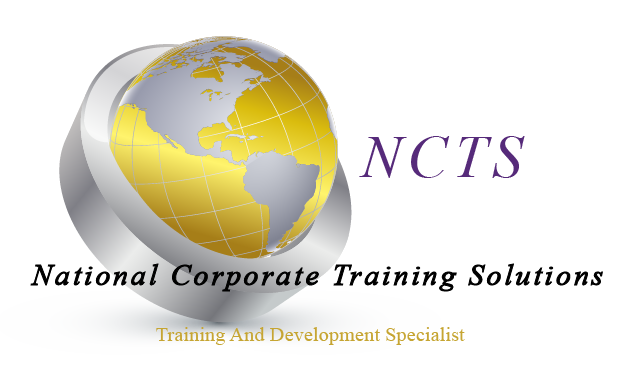Powered Industrial Trucks Outline
Course Description:
This course is designed to provide the safe operation of a powered industrial truck. The course provides an understanding of powered industrial truck applications. Course topics include regulations, inspection, different types of industrial trucks, vehicle components, and safe vehicle operations.
Course Duration: 1-2 Day (8 Hour Days)
Performance Objective:
Upon completion of this module the trainees will have an understanding to OSHA Powered Industrial Truck regulation 1910.178 principles, inspection and safe operation of a powered industrial truck, and ability to safely operate a powered industrial truck.
Course Objectives:
Upon completion of this module the trainee will be able to:
• Understand the requirements of OSHA Powered Industrial Truck regulation 1910.178.
• Understand the different types of industrial trucks
• Demonstrate industrial truck inspection
• Understand the requirements for safe operation of a powered industrial truck
• Demonstrate the ability to safely operate a powered industrial truck
Requirement:
Prior to first assigned duty
Whenever there is a change in workplace hazards.
When an operator has been observed driving the vehicle in an unsafe manner.
When an operator has been involved in an accident or near miss.
When an operator receives a poor evaluation.
Operator is assigned to drive a different type of vehicle.
Evaluation of operator performance must occur at least every three years.
Required Equipment:
Powered Industrial Truck with area to allow Participants hands on vehicle operation
Cones and Caution Tap
Powered Industrial Truck Driver Certification Form
Outline:
1. Introduction
a. Distribute the participant worksheet.
2. List objectives of the class
a. Understand the requirements of OSHA Regulation 1910.178.
b. Understand the requirements for safe operation of a powered industrial truck.
c. Demonstrate the ability to safely operate a powered industrial truck.
3. The Importance of Safety.
a. Discussion: Discuss the forklift accident and its causes.
4. Powered Industrial Truck Regulations
5. The Difference Between Forklifts and Automobiles.
6. Types of Powered Industrial Trucks.
a. D Type.
b. E Type.
c. G Type.
d. L Type.
7. Vehicle Selection.
8. Modifications and Additions.
9. Atmosphere Requirements.
10. Carbon Monoxide.
a. Discuss: Are there any areas in your facility were carbon monoxide buildup is a concern?
11. The Stability Triangle.
a. Longitudinal and Lateral Stability.
b. Dynamic Stability.
12. Vehicle Components.
a. Discussion: Discuss the various components on forklifts and their operation.
13. Safe Vehicle Operations.
a. Forklift operator protection.
b. Working around vehicles.
c. Leaving vehicles.
d. Travelling with the vehicle.
e. Loads.
f. Trucks and railroad cars.
g. Travelling with a load.
h. Turning and cornering.
14. Fueling.
15. Battery Charging Facilities.
16. Handling Batteries.
17. Maintenance.
18. Training Requirements
19. Summary
20. Conclusion
a. Quiz
21. Hands on Vehicle Training
a. Participant in hands on vehicle operation.
b. Demonstrated proficiency in each subject or skill.
NCTS courses can be customized by content, length of course and format delivery.

